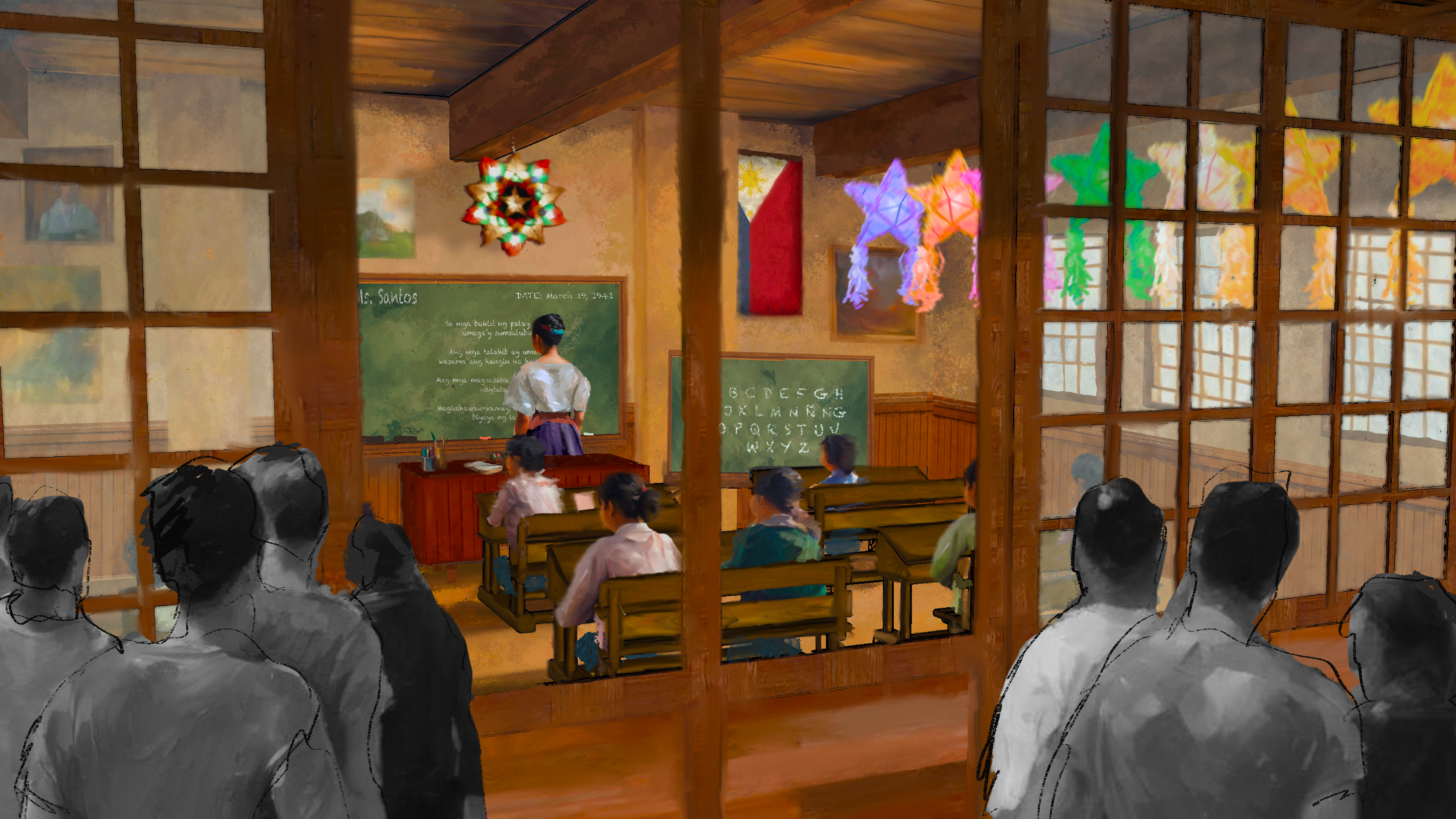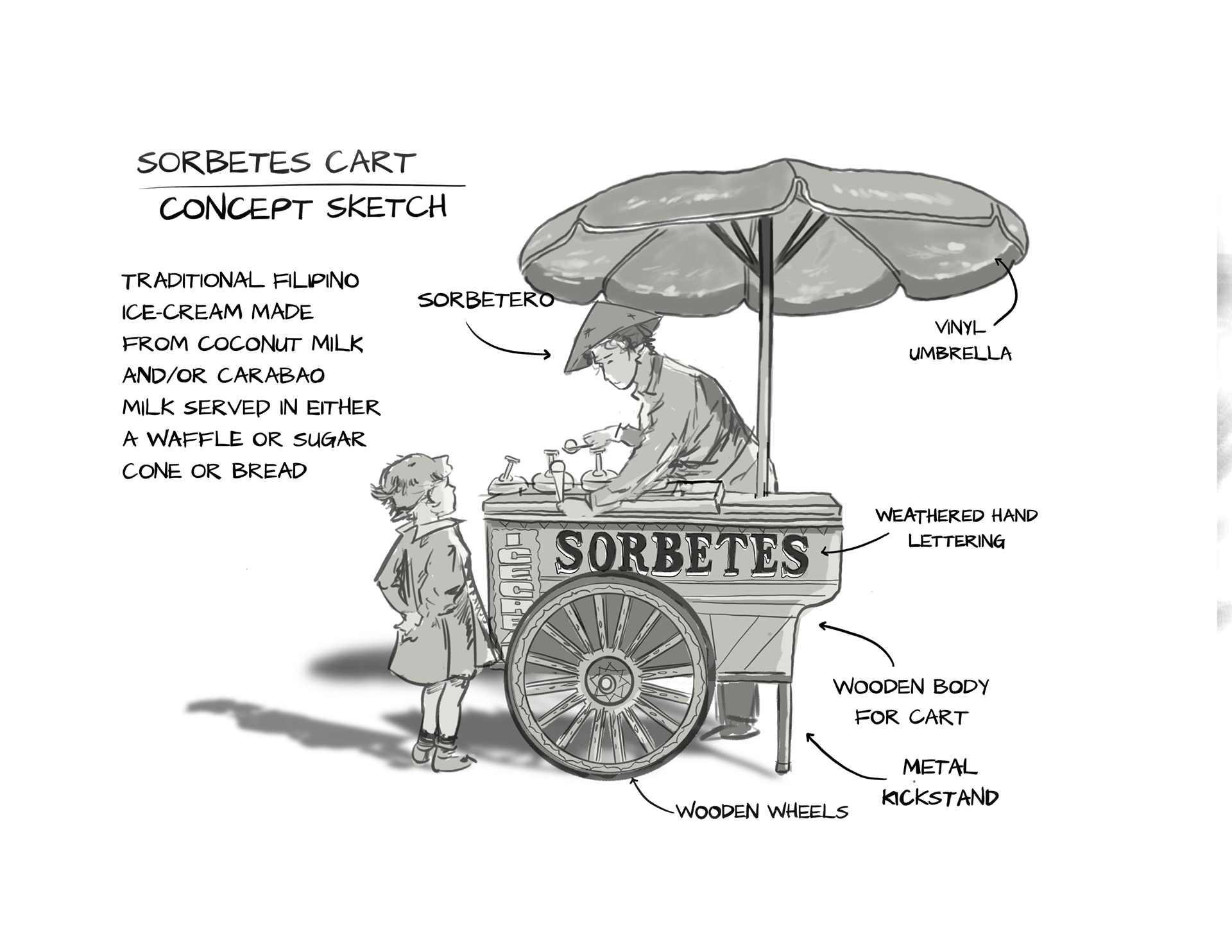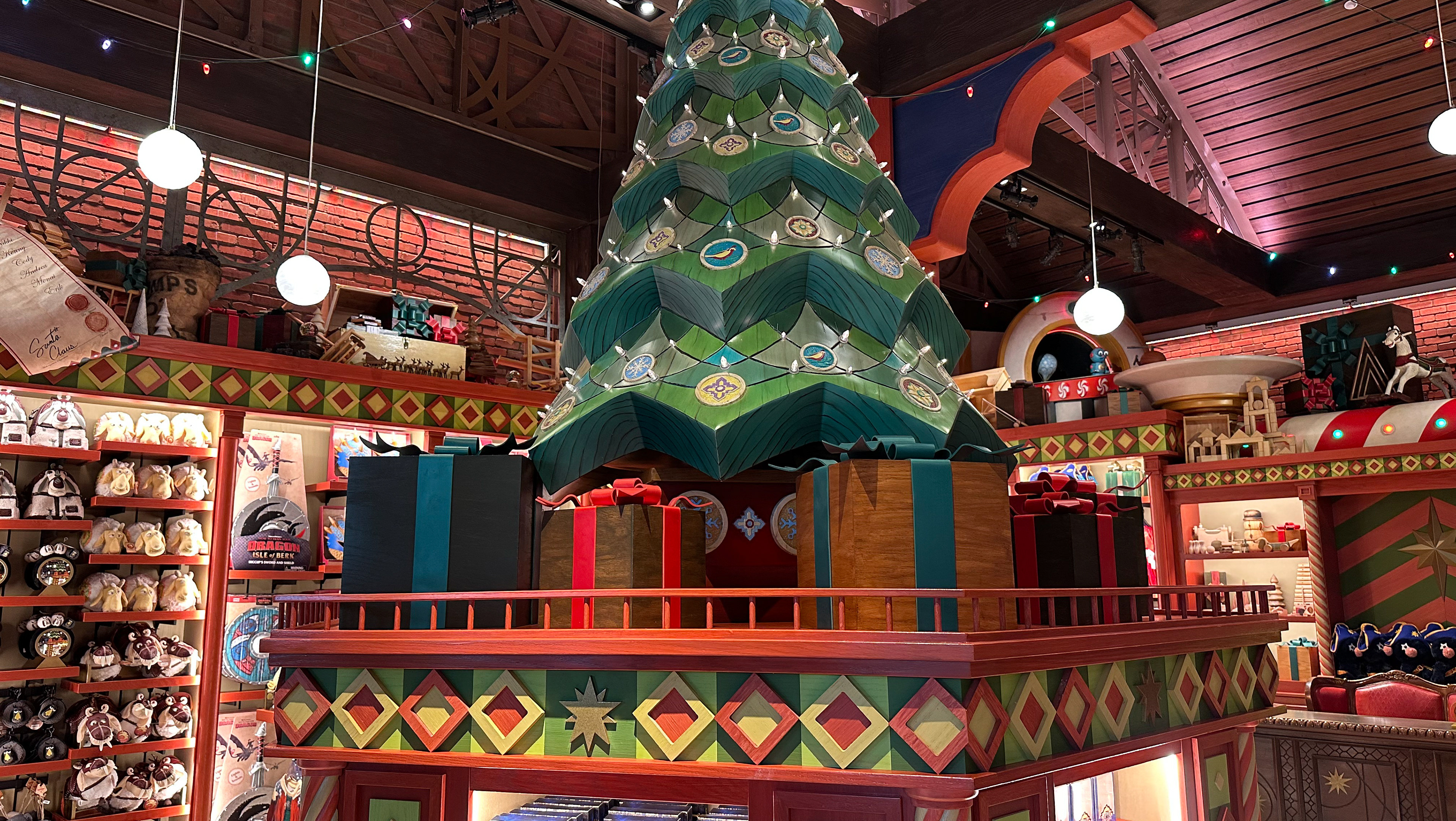TPA 6186: Immersive Experience Studio
The final project will consist of a clearly communicated and professional quality design for a medium-scale themed experience intended to engage the guest from 45 minutes up to three hours.
Project completed in Fall 2023.
Logline
The story of the people of the Philippines has been one of enslavement, conquest, and struggle. However, it is also a story of superhuman patience, resilience, and most importantly, compassion. This destination walk-through experience is an emotional journey transporting guests from the modern-day to experience the realities and stories of the rural Philippines during WW2. Guests will be led by Ma Santos, our female protagonist, who will encourage guests to step into her perspective and learn about her life, hopes, and dreams as well encourage guests to immerse themselves in the Filipino culture.
This experience not only aims to educate and transport guests to a place they have never been before, but also aims to create opportunities and compassion for understanding poverty and the hopes of a developing nation by immersing guests in a lifelike world.













Facade for Awa: The Road Taken 3D modeled in Autodesk Maya and rendered using Arnold Renderer.
Initial concept sketches featuring the town and Ma's character outfits.
Background
This experience takes prominent inspiration from cultural exhibitions and museums domestically including Indigenous People’s Experience at Fort Edmonton Park in Edmonton, Canada as well as the National Center for Civil and Human Rights in Atlanta, Georgia. With this, this experience will be a 45-minute linear narrative walkthrough experience that combines fully-realized physical environments in conjunction with smaller scenic vignettes that guests will discover throughout the space to uncover Ma and her town’s story of triumph over hardship. In essence, guests will have an encounter with true-to-life reconstructions and circumstances of areas one might find in a rural Filipino-town in World War II from stone and bamboo town squares to rice farms and to destruction. The scenic vignettes will be automated through the use of animatronics, mannequins, projections, and Pepper’s Ghost.
Synopsis
It’s Manila, and it’s 2023 when guests—cast as urban adventurers—are invited into the home of Ma Santos, who is now of old age, to hear an oral story about her life in the mountainous province. Ma, with her wisdom and experience, paints the most beautiful story of her days as a lantern-maker with her family, and so much compassion shines through her words and gestures that her lantern lights up an open portal to allow guests to step into her past. From there, guests are welcomed into the town, known as the Baryo ng Ilaw or Village of Light, and urged to explore its history and culture by trying out traditional Filipino foods and exploring the town buildings. Upon their own discovery, guests are welcomed to take a lesson with Ma in her classroom; they discover that she’s an avid believer in a child's educational fulfillment. The classroom scene is a 15-minute monologue with Ma explaining the origins of the parol as well as a short lesson in Filipino poetry, which will manifest as an interactive moment and a chance for guests to practice speaking Tagalog. From there, guests travel deeper into the town to discover a bridge taking them to the town farmlands. Guests witness the rice harvesting process as Ma, alongside her sister and her family, stands in a rice paddy field explaining the methods they must go through for a successful harvest. However, a short walk past the rice fields, the tone immediately changes. Their ancestral home and farm are engulfed in flames due to the Japanese invasion and soon-to-be occupation of their town. The burning home scene is a proposed 10-minute monologue with Ma describing her family’s plight as well as her concerns about her and her family’s future to survive. Guests weave their way into the caverns only to discover that survivors of the town have made it their temporary home and refuge. The conditions are harsh, and guests are discovering scenic vignettes within openings of the cave filled with tired and soot-covered townspeople. A glowing fiery-red flame attracts guests in which they find that Ma is seated in a cave surrounded by kids and utilizing the flame from a dimly-lit parol to make shadow puppets against the cavern walls. In short, this scene aims to convey her kind essence as a person, but most importantly that the simplest activities can be some of the greatest pleasures for kids and a moment to widen their eyes for wonder and imagination during this time of distress. In the end, Ma’s gestures showcase to the guests that one can rely on their community for comfort and strength in the midst of change and destruction. Emerging from the caves, the townspeople rise from the ashes to find their town in rubble. Their town was devoid of the light that Ma’s family and their business brought. Despite that, in true Filipino resilience, the townspeople all come together to celebrate themselves, for they found joy and comfort within all of them to unlock the resilience needed to create light in one of their darkest moments. At the center of this celebration is Ma, holding up her lantern to the skies and for all those around her as she found a way to momentarily lift her people from their plight. From this moment, guests, through the invitation of the townspeople, are given their own miniature parol lantern where they are invited to keep the memento or find a spot in the town to restore their tradition and hang it as a symbol of compassion.




















